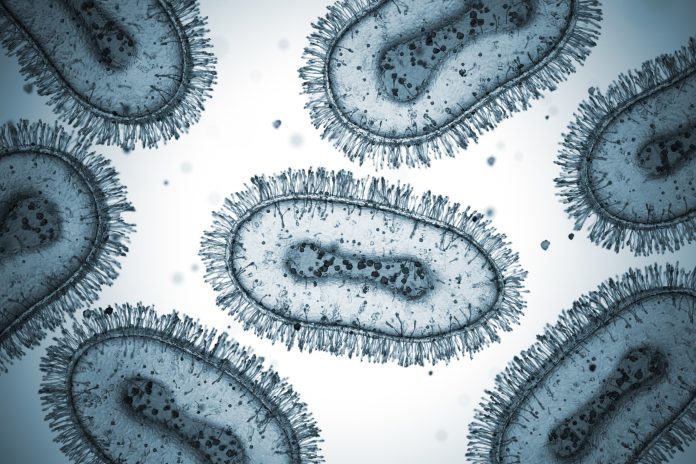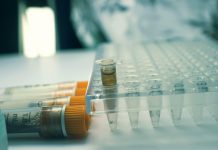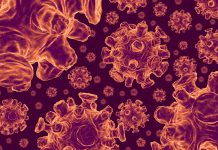Researchers have introduced an automated rendition of the viral plaque assay, the gold standard method for virus detection and quantification
This approach incorporates time-lapse holographic imaging and deep learning, significantly shortening detection times and eliminating staining and manual counting. This innovation could help streamline the development of new vaccines and antiviral medications.
Yuzhu Li, a researcher from UCLA’s Ozcan Lab, will present this study at the Frontiers in Optics + Laser Science (FiO LS) event scheduled for October 9-12, 2023, at the Greater Tacoma Convention Center in Tacoma, Washington, part of the Greater Seattle Area.
“This technique might help expedite vaccine and drug development research by significantly reducing the detection time needed and eliminating chemical staining and manual counting entirely,” explains Li.
Reducing the detection time needed and eliminating chemical staining and manual counting entirely
“In the event of a new virus outbreak, vaccines or antiviral treatments could be developed, tested, and made available to the public at a significantly accelerated rate”. Although the viral plaque assay is cost-effective for measuring virus infectivity and quantity, it is time-consuming. The samples are first diluted and then added to cultured cells.
Faster virus detection using AI
A plaque develops if the virus kills the infected cells, a region free of cells. Experts then manually count the stained plaque-forming units (PFUs), which can lead to errors due to staining variations and human counting.
The automated viral plaque assay system eliminates the need for manual plaque counting with lens-free holographic imaging system that captures the spatiotemporal characteristics of plaque-forming units (PFUs) as they develop during incubation. A deep learning algorithm is then used to detect, classify and locate PFUs based on changes observed.
Enhanced precision in virus analysis
To show their system’s efficiency, researchers infected cultured cells with Vesicular stomatitis virus. Within just 20 hours, the automated system detected over 90% of viral plaque-forming units (PFUs) without any false alarms. This was significantly faster than the traditional plaque assay, which requires 48 hours for this virus.
The researchers also applied the automated method to herpes simplex virus type-1 and encephalomyocarditis virus, achieving even shorter incubation times, saving approximately 48 and 20 hours, respectively.
The researchers reported that no false positives were detected across all time points. Because the system can identify individual PFUs during their early growth stages before they form clusters, it can analyse viral samples with about ten times higher virus concentrations than traditional methods.
Future directions
Li says that the next steps are for UCLA researchers to improve their system design to increase its sensitivity and specificity for various viruses.
Editor's Recommended Articles
-
Must Read >> The science and art of dispensing optics














